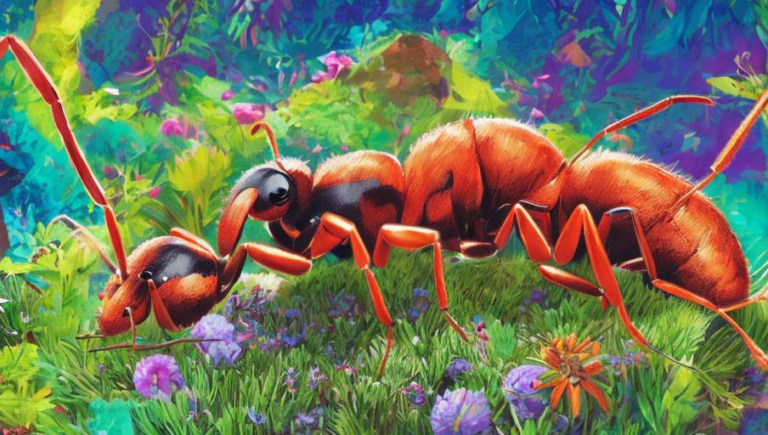Navigating the Social Hierarchy of Chimpanzees

Chimpanzees: A Closer Look
Chimpanzees, or Pan Troglodytes, are a species of great ape that are native to Central and West Africa. They are the closest living relatives of humans and are known for their intelligence and social complexity. Chimpanzees live in groups, often referred to as communities, of up to 75 individuals. These communities are highly structured, with a social hierarchy and a complex system of communication.
The Social Hierarchy
Chimpanzees live in a hierarchical society, with an alpha male at the top and the rest of the members of the community occupying different positions. This hierarchy is often fluid, with individuals gaining and losing status based on their interactions with one another. Males tend to have the highest status in a group, while females generally occupy a lower position in the hierarchy.
Dominance is established through physical and vocal displays, as well as through subtle body language. Male chimpanzees are usually the most aggressive and are often involved in disputes with other males. They can also use threats and physical aggression to maintain their dominance. Females, on the other hand, typically use more subtle forms of communication and are more likely to rely on alliances with other females to maintain their standing.
Importance of Social Interactions
Social interactions are an important part of chimpanzee life. They use a variety of vocalizations and gestures to communicate with one another, such as grunts, hoots, and gestures. They also use facial expressions and social grooming as a way to show affection and maintain relationships. Social grooming is also used to help individuals maintain their status in the group. It is often done between two individuals of the same rank, and it helps to strengthen their bond.
Chimpanzees also engage in cooperative behaviors, such as sharing food and taking part in activities together. These behaviors help to build trust and reinforce the bonds between members of the group. It is also believed that cooperative behaviors help to ensure the survival of the group as a whole.
Conclusion
Chimpanzees are highly social creatures with a complex system of communication and a hierarchical society. Dominance is established through physical and vocal displays, as well as through subtle body language. Social interactions are an important part of chimpanzee life, with grooming, vocalizations, and gestures being used to show affection and maintain relationships. Understanding the social hierarchy of chimpanzees can help us better appreciate the complexity of their society.





